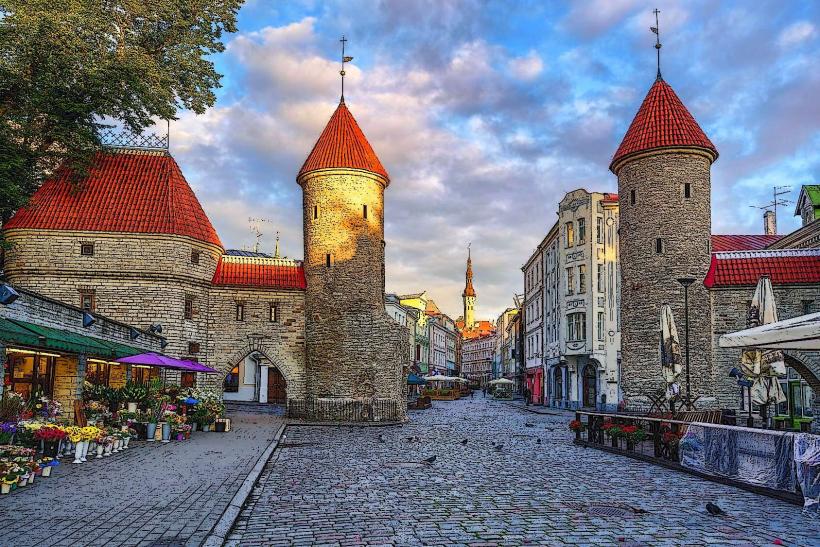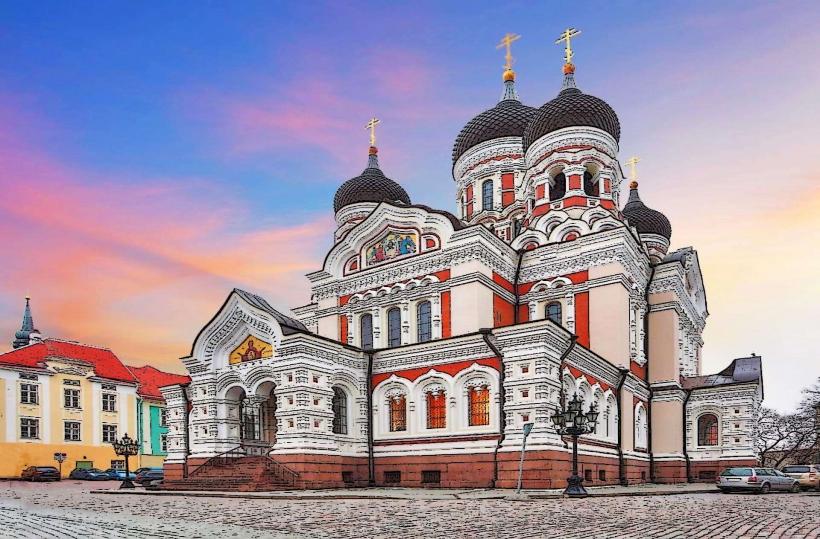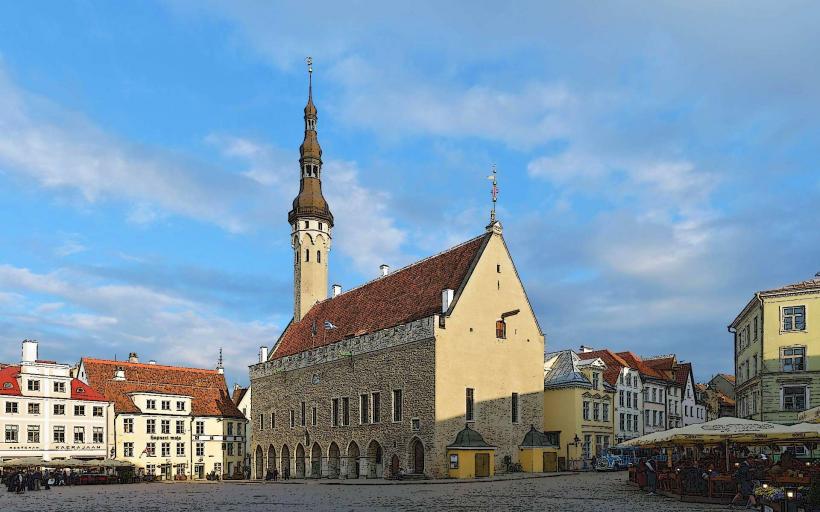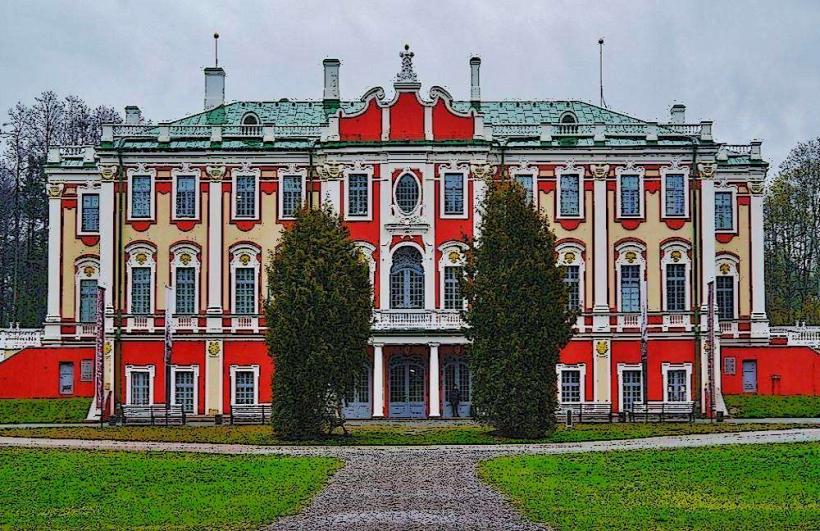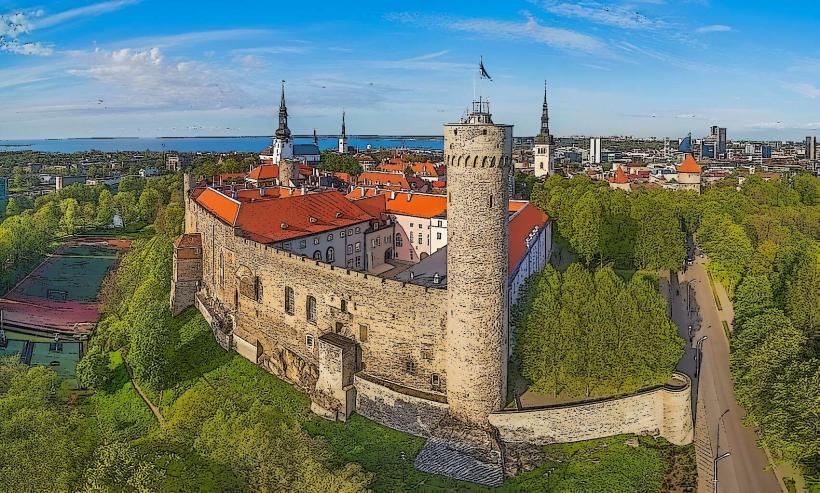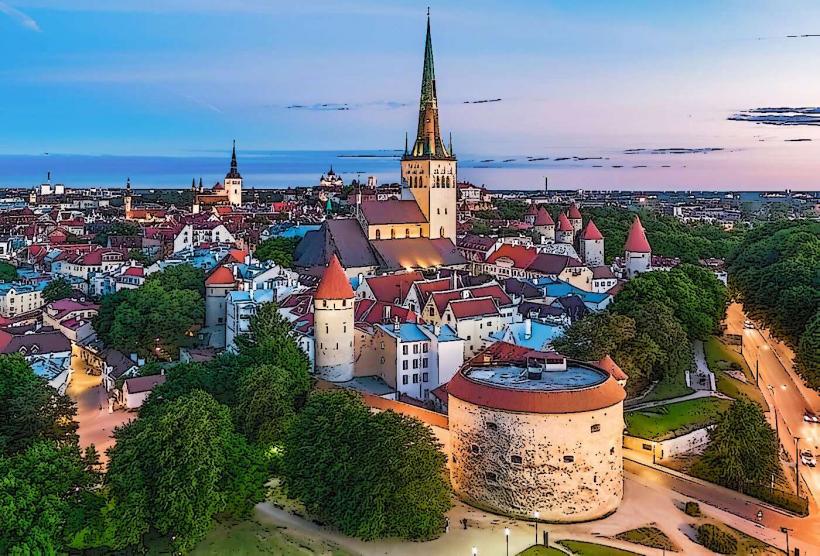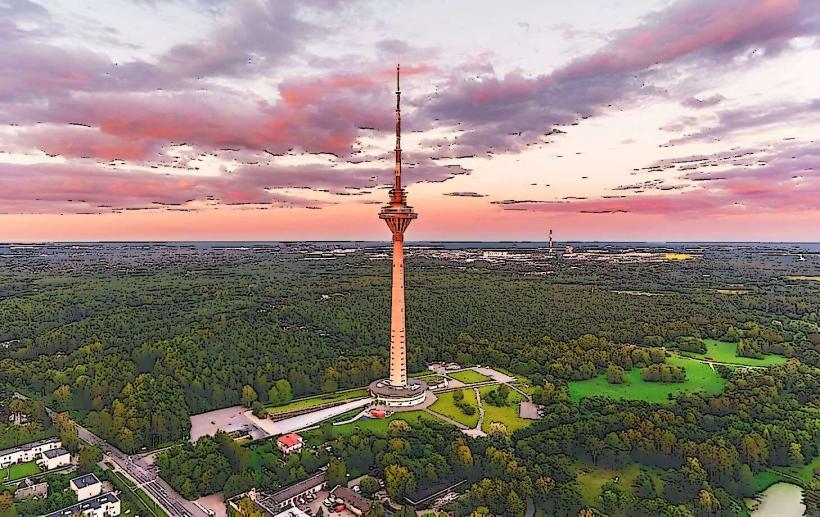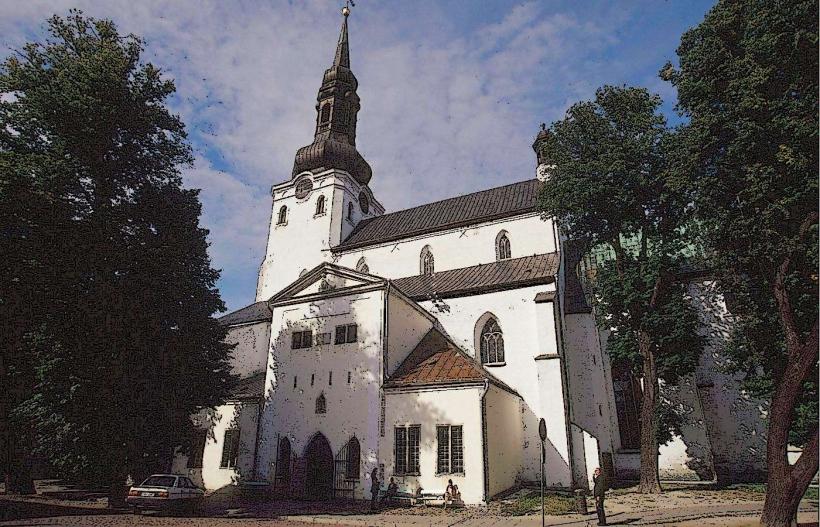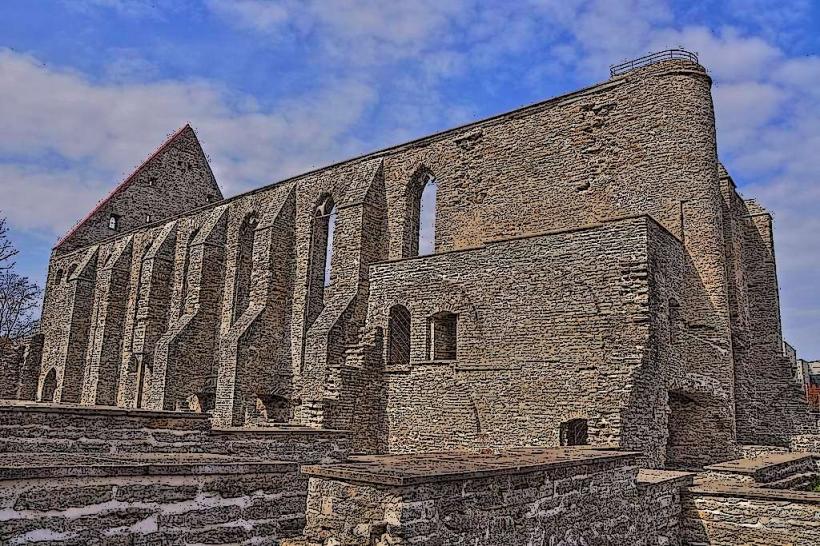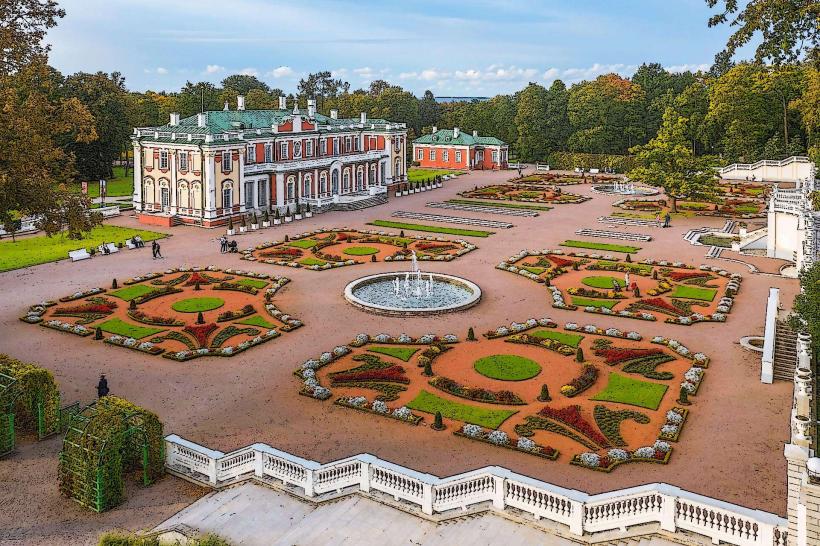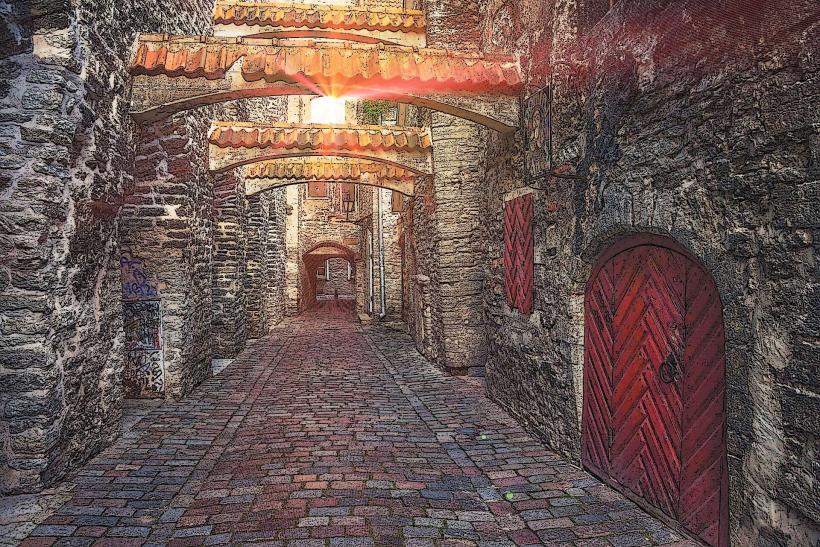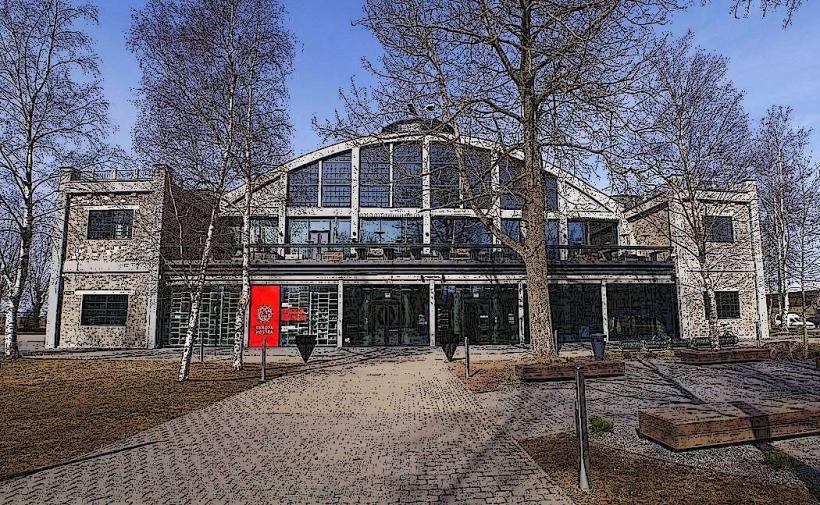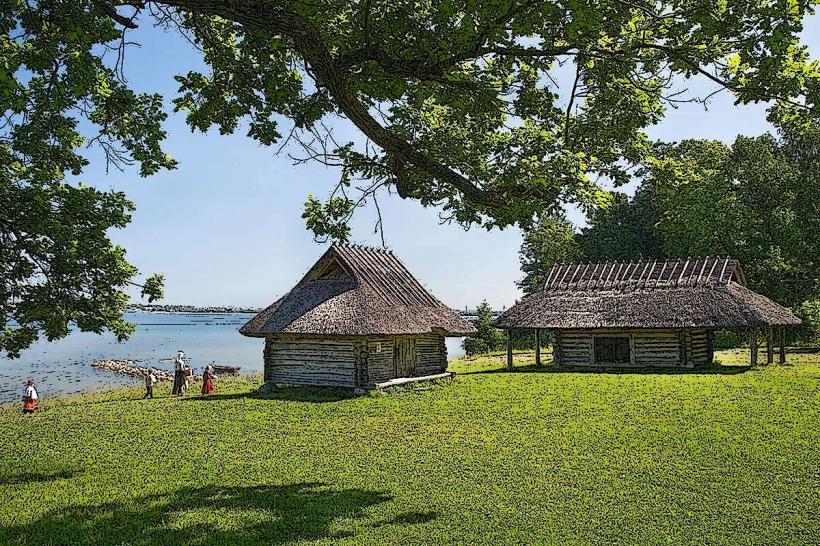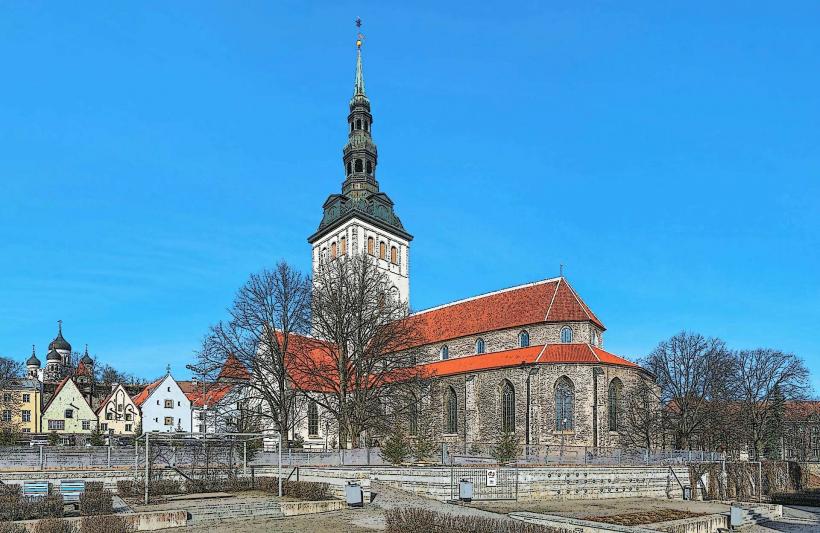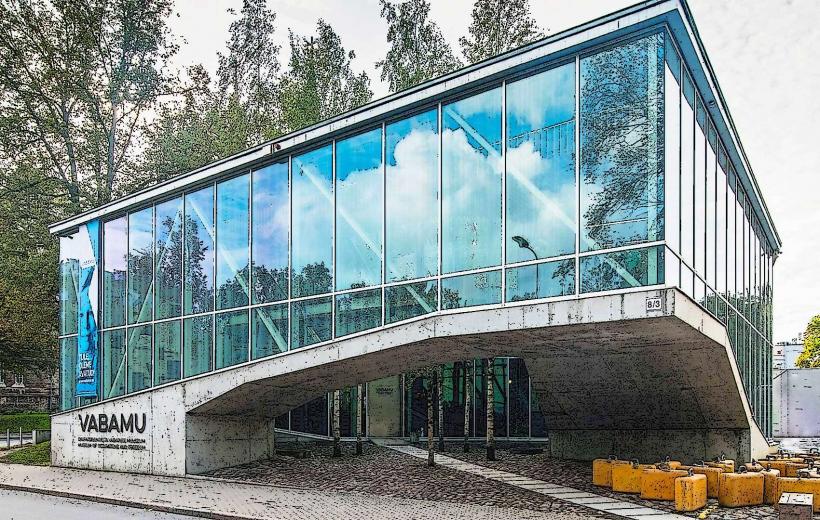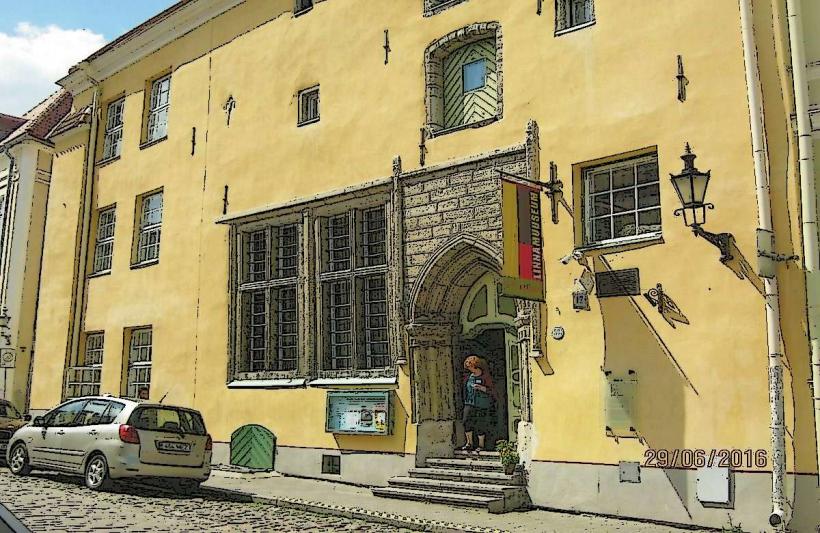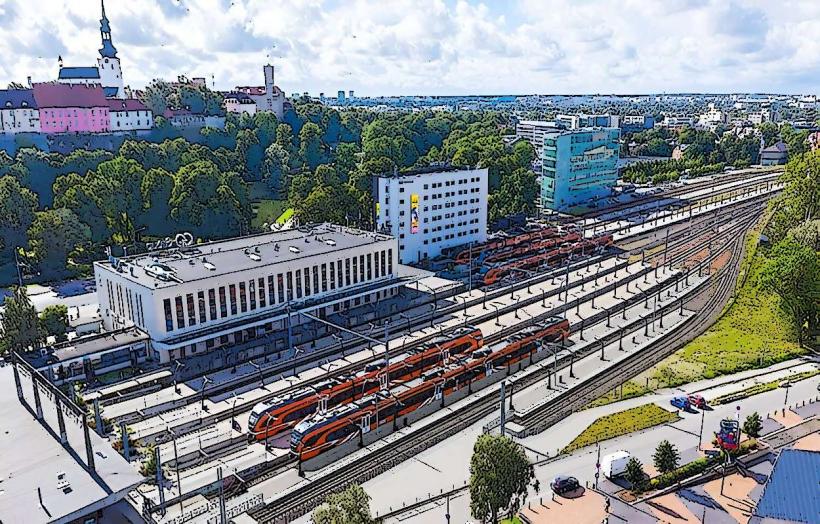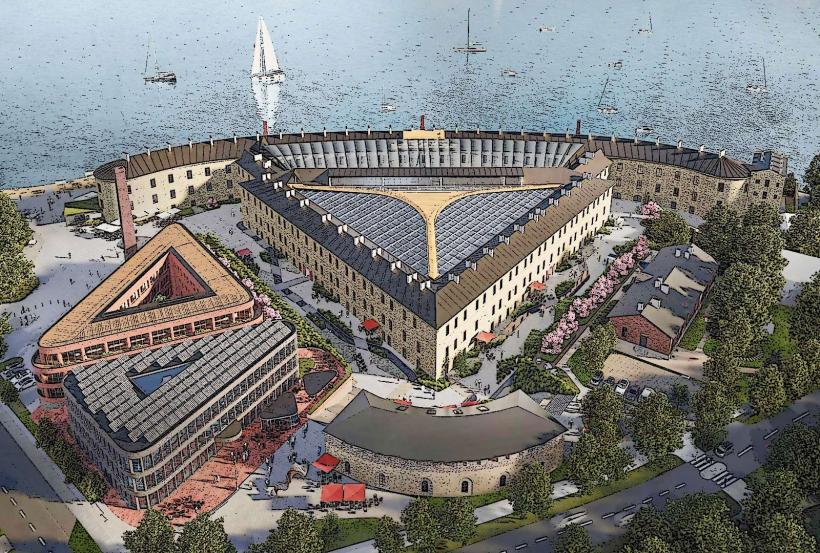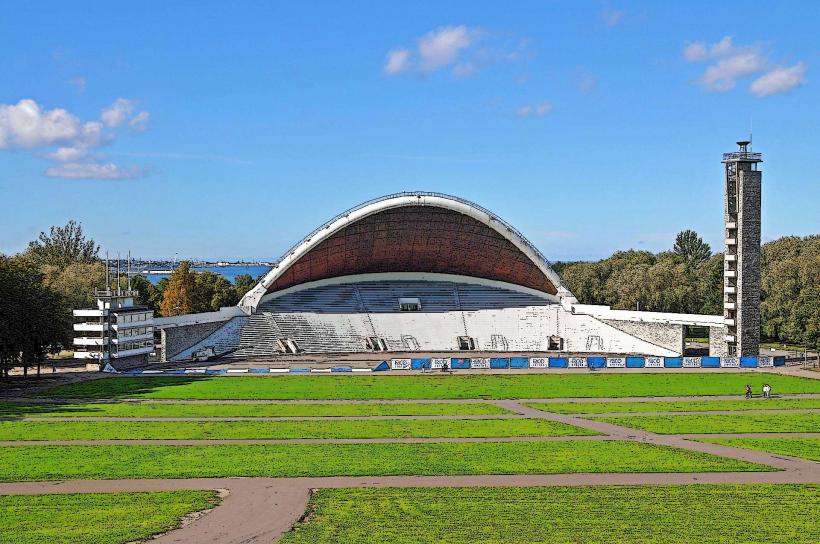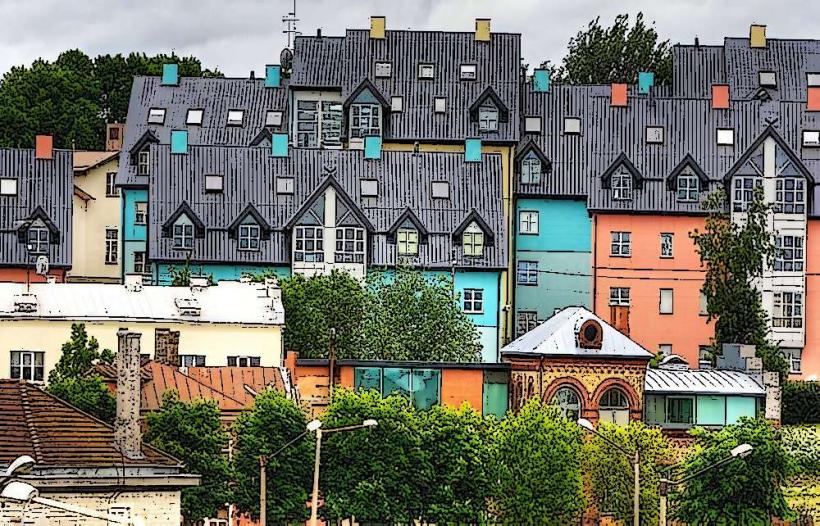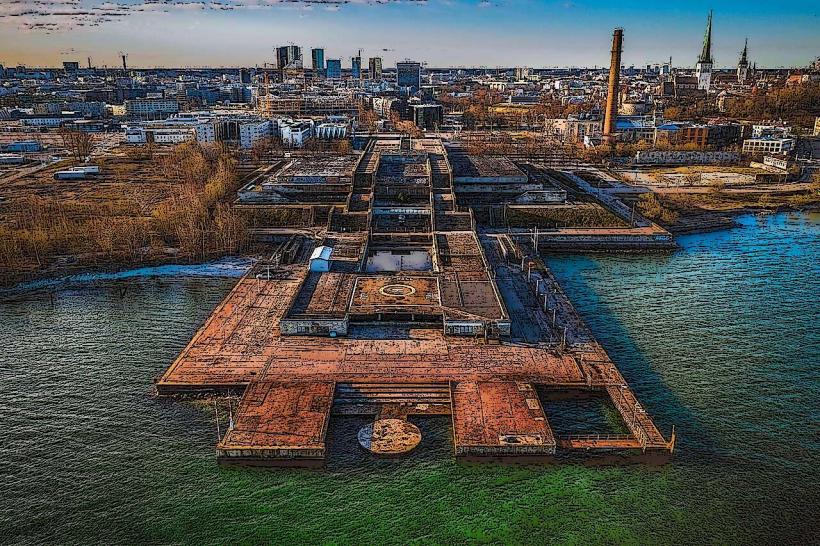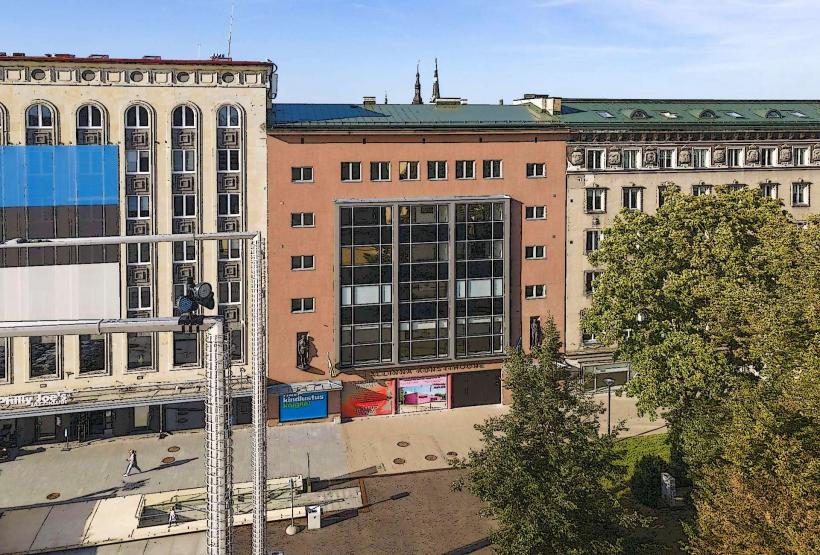Information
Landmark: Kumu Art MuseumCity: Tallinn
Country: Estonia
Continent: Europe
Kumu Art Museum, Tallinn, Estonia, Europe
Overview
Kumu Art Museum, a towering presence in Tallinn’s heart, ranks among Estonia’s largest and most respected, its glass facade catching the northern light, on top of that kumu, a cornerstone for both contemporary and classical art, buzzes with life as it invites visitors to explore Estonian and global art history, then step into galleries alive with daring, modern works.The Kumu Art Museum opened its doors in 2006, though people had been talking about creating a central home for Estonian art for decades-long enough for early sketches to gather dust in drawers, likewise the museum belongs to the Estonian Art Museum (Eesti Kunstimuuseum) network, which safeguards and manages Estonia’s artistic heritage, and its Kumu building-sleek glass catching the northern light-stands as a striking piece of modern architecture.Finnish architect Pekka Vapaavuori designed the museum as part of a larger push to modernize Tallinn’s cultural scene, while tucked into Kadriorg Park beside the ornate Kadriorg Palace, it greets visitors with a mix of leafy paths, history, and bold contemporary art.Its sharp angles, broad panes of glass, and smooth concrete walls blend seamlessly into the park’s green backdrop, to boot the architectural design creates a flowing, open space-wide halls where massive sculptures or sweeping canvases can breathe.Kumu Art Museum was built to mirror Estonia’s cultural journey and to showcase international works in a setting that sparks conversation between the past and the present, in turn the museum works to deepen visitors’ sense of Estonian identity through art, while also welcoming ideas from the wider art world.Its permanent collection showcases Estonian works from the soft brushstrokes of 18th-century portraits to bold, modern installations, along with the museum’s collection spans centuries, showcasing everything from classical and 19th‑century academic paintings to bold 20th‑century modernism and today’s contemporary works.I think, In one gallery, you might view an 18th‑century Estonian portrait brushed in soft candlelight tones, shaped by Russian, Swedish, and German influences, and another highlight is its rich trove of modern and contemporary Estonian art, with pieces by avant‑garde innovators, constructivists, and post‑Soviet voices.These collections trace Estonia’s journey as an independent nation after the Soviet era, simultaneously alongside its permanent displays, Kumu also showcases rotating exhibitions-sometimes a bold splash of contemporary Estonian color, other times works from international artists, perhaps The exhibitions span everything from bold oil paintings and intricate sculptures to immersive installations, striking photographs, and video art that flickers and hums in dimly lit rooms, on top of that the museum often partners with institutions around the world to bring in fresh, boundary-pushing works.Many displays explore where history, identity, and politics meet-delving into the Soviet era, the push for independence, and the layered realities of modern Estonia, in conjunction with stories of the nation’s past surface again and again, tracing the shadow of totalitarian rule, the leap to democracy, and the long fight to preserve cultural and political autonomy.Kumu also makes education central, offering workshops and programs for students, teachers, and anyone curious to learn more, in turn the museum hosts lectures, hands-on workshops, and guided tours that draw visitors in and reveal the deeper stories behind each piece of art, for the most part I think, Special events-like lively artist talks, spirited panel debates, and interactive workshops-run regularly to enrich the experience and spark conversation, and outside, Kumu’s sleek glass and clean lines stand in striking contrast to the ornate, classical beauty of the nearby Kadriorg Palace.The four-story museum rises with sweeping curves and sharp angles, its broad glass windows pouring sunlight across the galleries, also wide terraces and open plazas spill into Kadriorg Park, blurring the line between building and nature.Inside, Kumu’s halls feel airy and deliberate, every space placed with care, consequently the galleries stretch across four levels, giving room for towering installations as well as delicate, hand-sized pieces.Light pours through broad windows, framing the park’s trees and the still water beyond, in conjunction with soft light, open space, and a clean, minimal design create a calm setting where the art truly stands out.If I’m being honest, The museum’s flexible rooms can easily transform for temporary shows, live performances, or multimedia displays, adapting to all kinds of creative work, after that visitors can wander through both the permanent collection and the ever-changing temporary exhibits, loosely The museum showcases Estonia’s rich artistic heritage, making it a must for anyone curious about the nation’s cultural story, and its rotating international exhibits bring bold, contemporary works from across the globe, in turn after exploring, you can sip coffee at the cozy Kumu Café and peek out over the leafy paths of Kadriorg Park.The café serves everything from fresh pastries to sweltering coffee, making it an easy area to pause during a museum visit, after that just next door, the shop stocks art books, unique souvenirs, and pieces designed by artists that echo the exhibitions, so you can carry a bit of the experience home, mildly And with Kadriorg Park right outside, it’s simple to step into the greenery after your visit, while scenic walking paths wind past blooming gardens and quiet ponds, creating a peaceful spot to pause and reflect.Kumu also hosts lively events for kids and families, from hands-on art workshops to engaging educational programs, subsequently you can catch artist talks, special exhibitions, and lively openings-perfect for anyone curious about how art is made and what’s shaping contemporary trends.Kumu Art Museum sits in the leafy quiet of Kadriorg Park, just a short saunter from Tallinn’s center, equally important you’ll find it at Weizenbergi 34 in Tallinn, right beside the cobblestone street.Kumu’s usually open every day, but the schedule can shift-check before you go, especially if you’re planning that late-afternoon visit, equally important before you go, check the museum’s website for the latest details-holiday hours can change, and you don’t want to find the doors locked on a rainy afternoon.
Author: Tourist Landmarks
Date: 2025-09-06

